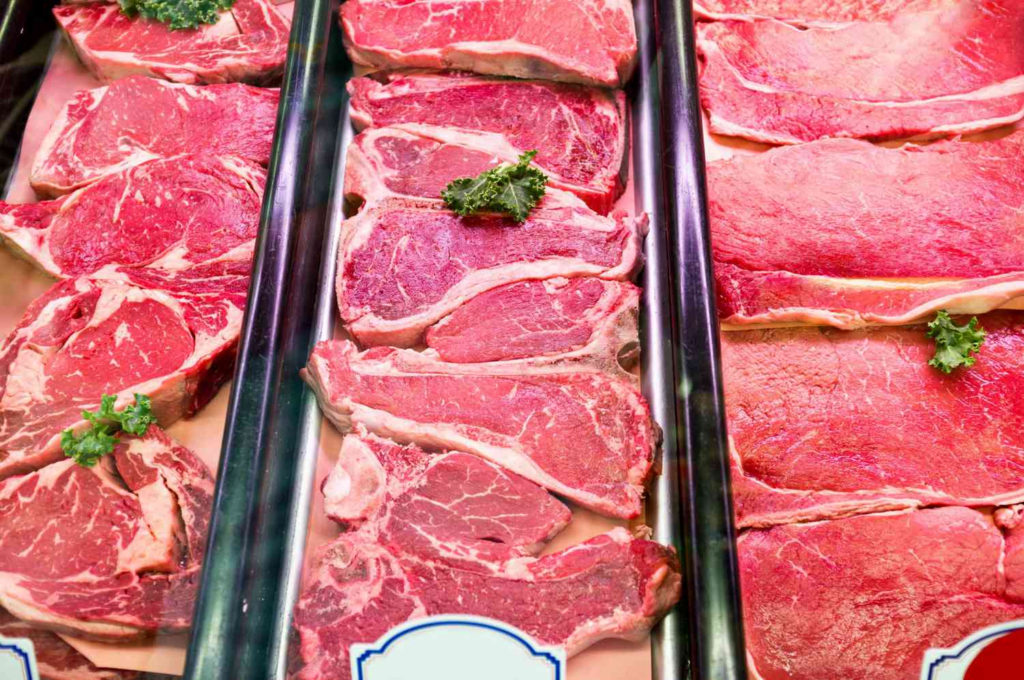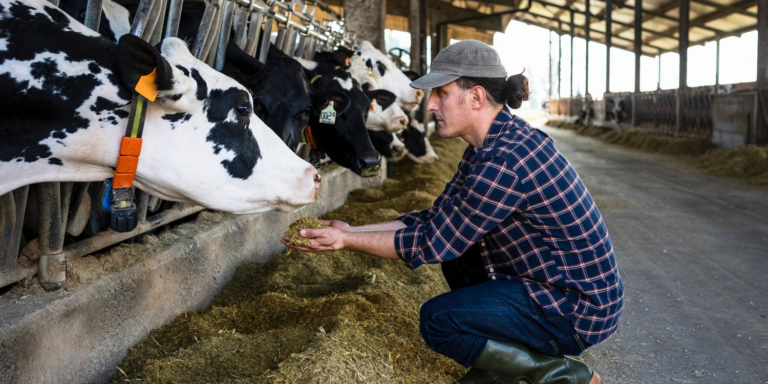Grass-Fed vs. Grain-Fed: Navigating the Beef Choices

The choice between grass-fed and grain-fed beef has become a topic of increasing significance for consumers seeking not only quality but also an understanding of the impact of their choices on health, the environment, and animal welfare. Each option comes with its own set of characteristics, flavors, and considerations, making it essential for consumers to navigate the beef choices available to them. In this exploration, we delve into the distinctions between grass-fed and grain-fed beef to help consumers make informed decisions about the meat on their plates.
**1. Diet and Nutrition:
- Grass-Fed Beef: Grass-fed cattle graze on pasture, consuming a natural diet of grass and forage. This results in beef that is generally leaner and has a distinct flavor profile. Grass-fed beef is often touted for its higher levels of omega-3 fatty acids, antioxidants, and certain vitamins.
- Grain-Fed Beef: Grain-fed cattle are typically raised in feedlots and are fed a diet that includes grains like corn and soy. This can lead to a higher fat content in the beef, contributing to a well-marbled texture and a milder flavor. The grain-based diet may affect the nutrient profile, with lower levels of omega-3s compared to grass-fed counterparts.
2. Animal Welfare:
- Grass-Fed Beef: Proponents of grass-fed beef often argue that it aligns more closely with natural behaviors of cattle. These animals have more space to roam and graze, contributing to what some believe is a higher standard of animal welfare.
- Grain-Fed Beef: Grain-fed cattle are typically raised in feedlots, where space may be limited, and they are often finished on a grain-based diet for a certain period. Critics argue that the crowded conditions in feedlots can compromise animal welfare, although regulations and practices vary.
3. Environmental Impact:
- Grass-Fed Beef: The environmental impact of grass-fed beef is often perceived as more favorable. Grazing on pasture can be less resource-intensive than the grain-based diets in feedlots. Additionally, well-managed rotational grazing systems can contribute to soil health and carbon sequestration.
- Grain-Fed Beef: Grain-fed beef production is associated with higher resource inputs, including land, water, and energy. The cultivation of feed crops and the transportation of grains to feedlots contribute to the environmental footprint. However, some argue that efficient feedlot systems can optimize resource use.
4. Flavor and Texture:
- Grass-Fed Beef: Grass-fed beef is known for its distinct, earthy flavor. It tends to be leaner, resulting in a meatier texture. Some consumers appreciate the gamier taste of grass-fed beef.
- Grain-Fed Beef: Grain-fed beef often has a milder flavor due to the higher fat content. The intramuscular fat, or marbling, contributes to a tender and juicy texture, making grain-fed beef a popular choice for those who prefer a more traditional beef flavor.
5. Cost Considerations:
- Grass-Fed Beef: Grass-fed beef generally comes with a higher price tag. The cost reflects factors such as the longer time required for grass-fed cattle to reach market weight and the extensive land needed for pasture grazing.
- Grain-Fed Beef: Grain-fed beef is often more cost-effective due to the efficiency of feedlot systems, allowing for quicker weight gain. This makes grain-fed beef a more accessible option for budget-conscious consumers.
6. Availability and Market Trends:
- Grass-Fed Beef: While grass-fed beef has grown in popularity, it may not be as widely available as grain-fed beef in all regions. As consumer demand for grass-fed options increases, more retailers are incorporating them into their selections.
- Grain-Fed Beef: Grain-fed beef remains the dominant choice in many markets due to its availability, affordability, and widespread consumer acceptance. It is the standard option in most conventional grocery stores and restaurants.
7. Personal Preferences:
Ultimately, the choice between grass-fed and grain-fed beef comes down to personal preferences, values, and priorities. Some consumers prioritize factors such as flavor and tenderness, while others place greater importance on health considerations, environmental impact, and animal welfare.
In conclusion, the decision between grass-fed and grain-fed beef is a nuanced one, influenced by individual preferences, values, and lifestyle choices. By understanding the characteristics and considerations associated with each option, consumers can make informed decisions that align with their priorities, ensuring that the beef on their plates resonates with their values and meets their expectations for flavor and quality.



